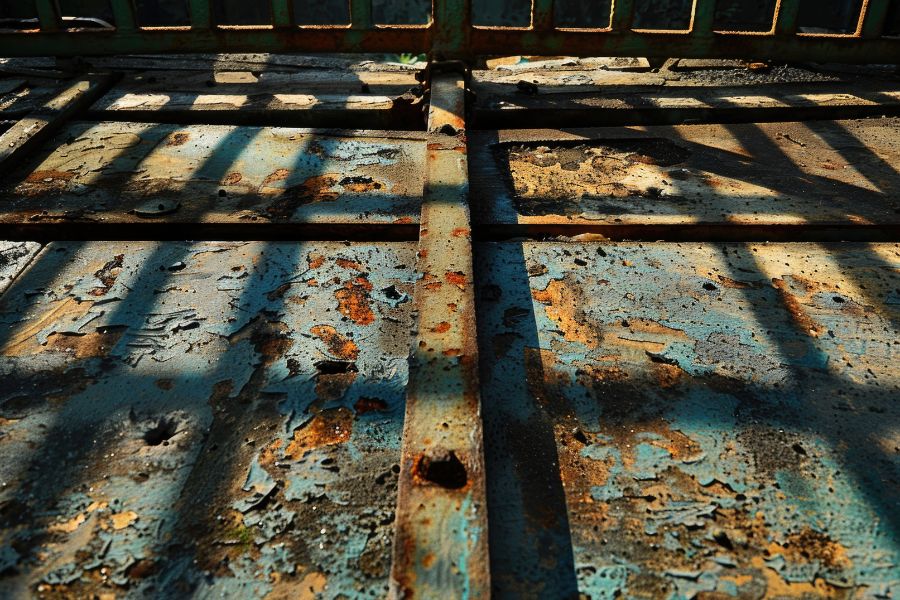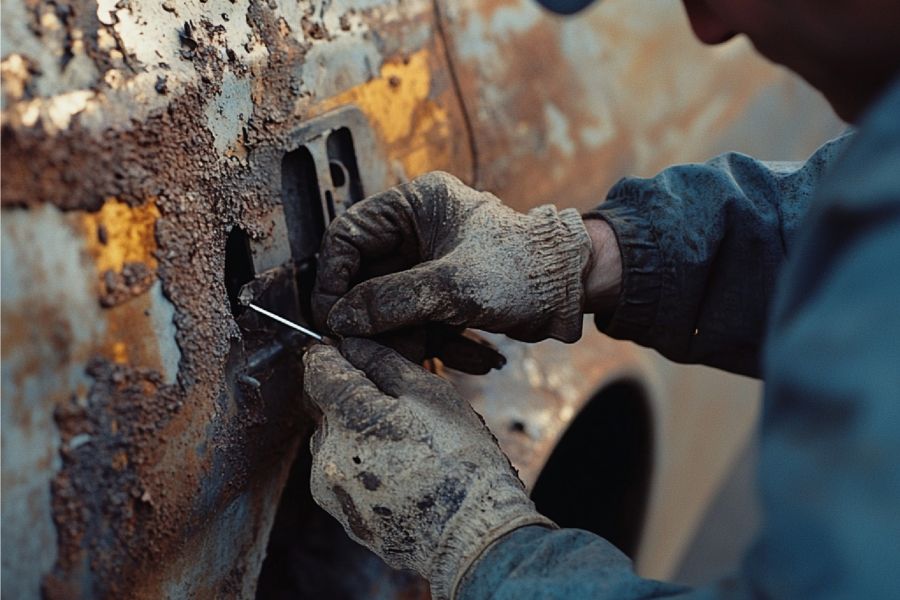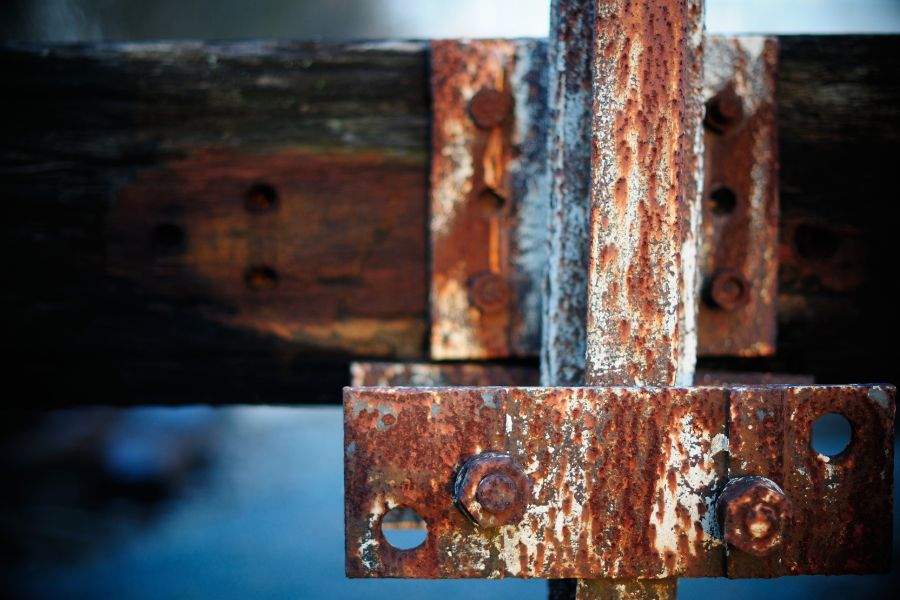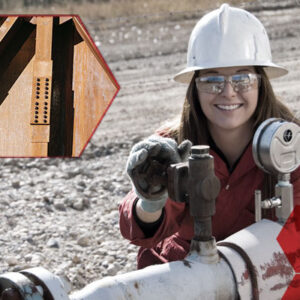Understanding the Corrosion Resistance of Aluminium: Properties & Applications
Aluminium is a very versatile metal that finds wide applications in several industries owing to its excellent combination of light weight, strength, and durability. Among the major reasons that make aluminium attractive for so many applications is its outstanding corrosion resistance. This property is of great importance in cases when materials are used under conditions of exposure to moisture, chemicals, and other corrosive media. In this article, we will explore the corrosion resistance of aluminium, how it works, the factors that influence it, and its applications in different industries.
Understanding Corrosion Resistance in Aluminium
The Protective Oxide Layer
The protection characteristics of aluminium against corrosion largely come from a thin protective oxide layer that forms on the surface. Whenever aluminium is brought into contact with atmospheric oxygen, it self-forms aluminium oxide or simply Al2O3. This thin, but robust, oxide layer forms a barrier that prevents further oxidation of the underlying metal. Unlike rust on steel, which could flake off and expose fresh metal to continued corrosion, the oxide layer on aluminium is tightly adherent and stable. Since it is self-healing, whenever the layer is scratched or damaged, it regenerates very fast, renewing the protective barrier.
Factors Affecting Aluminium’s Corrosion Resistance
Generally, the aluminium’s corrosion resistance is excellent, but many factors can affect efficiency. The highly important issue is the chemical composition of the aluminium alloy: pure aluminium has very good corrosion resistance; adding some alloying elements reduces this property, whereas the additions of such elements as magnesium and silicon increase it.
The factors are very important in environmental conditions. Consequently, moisture, range of temperature, and the pH of the environment, are all conditions that may influence the resistance to corrosion of the aluminium: it can be showed that an increase in the acidity or alkalinity of the media quickly destroys the protective oxide layer. Physical damage, such as scratching or denting, may make the underlying metal susceptible to corrosion, but many scratches are, in practice self-sealing due to the healing properties of the oxide layer.
Comparison with Other Metals
Aluminium versus Steel
As compared to other metals, such as steel, the corrosion resistance of aluminium becomes evident. Steel rusts easily in the presence of moisture and air; it thus requires constant treatment and protection with a coating against corrosion. Due to the natural oxide layer that forms on aluminium, it resists corrosion without significant additional protection. Besides, aluminium is much lighter than steel; hence, it is ideal for applications where weight is one of the crucial factors, including but not limited to transportation and aerospace.
Aluminium vs. Copper
Copper is a commonly used metal that forms a patina over time, which protects it from further corrosion. In particular environments, however, and more importantly with regards to electrochemical corrosion resistance, the general performance of aluminium is better than copper. When mixed-material designs incorporating aluminium and copper are used, aluminium will often suffer galvanic corrosion due to the large electrochemical potential difference between those two metals, which creates serious problems. The choice of materials and design plays an important role in the avoidance of these types of corrosive attacks.
Applications of Corrosion-Resistant Aluminium
Aerospace Industry
Due to a combination of lightweight and corrosion resistance, aluminium is another keystone in the aerospace industry. Most aircraft parts are made with aluminium alloys; from fuselage to wings, many parts are developed with the help of aluminium alloys. The performance required for fuel efficiency and high-performance calls for high-strength aluminium with minimum weight. This property of corrosion resistance renders aluminium particularly valuable in aerospace, as these parts are exposed to all types of environmental conditions, such as moisture, temperature fluctuations, and salt resulting from flights over the ocean.
Marine Industry
In the marine industry, where saltwater attack is a perennial problem, aluminium’s corrosion resistance is of inestimable value. It is being used widely in the building of ships, boats, and offshore installations. It is ideal for applications in the marine environment, where saltwater can quickly corrode other metals. Thus, the natural corrosion resistance of aluminium provides for lower maintenance costs and extended service life of marine craft and installations, besides offering safety and reliability.
Construction and Architecture: Aluminium finds extensive use in building and architecture because of its strength and attractiveness. Therefore, it is a standard material for building facades, window frames, and structural parts. Since these uses are resistant to corrosion, structures remain visible and intact over time, even when exposed to weather elements. Besides, the light weight of the metal simplifies construction processes and reduces the load on building foundations. This has come through by combining practicality with longevity thus making it one of the go-to materials in modern architectural design.
Challenges and Considerations
Galvanic Corrosion
All these favourable properties notwithstanding, aluminium is not free from hazards of corrosion. The problem that is most commonly encountered involves galvanic corrosion; this arises when aluminium comes in contact with more noble metals, like copper or stainless steel. When direct contact in the presence of an electrolyte like water is made, an accelerated rate of corrosion for the aluminium material can be expected. A common approach for insulating materials between different metals is that designers try to avoid such incidents or choose alloys that provide a minimum chance for galvanic corrosion.
Surface Treatments and Coatings
While the naturally formed oxide layer on aluminium is fairly spectacular for corrosion protection, the material does lend itself to additional surface treatments, improving corrosion resistance. For example, anodizing increases the thickness of the oxide layer and, therefore, the protection afforded, enabling colouration and texturing, too. Other treatments include painting and the application of protective coatings that can protect the metal in very aggressive environments or provide special aesthetic finishes.
FAQs: Frequently Asked Questions
Why is Aluminium resistant to corrosion?
Aluminium owes its resistance to corrosion mainly to the naturally formed oxide layer-aluminium oxide-forming on the surface of the metal on exposure to air. This thin layer forms a shield, thereby preventing further oxidation and shielding the base metal from the environment.
Can aluminium corrode in any environment?
While aluminium can resist most types of corrosion in all environments quite effectively, there are certain conditions of very high acidity or alkalinity that have a faster breakdown effect on the protective oxide layer. In addition, if the aluminium comes into contact with more noble metals, the presence of salt water could lead to galvanic corrosion.
How does resistance to corrosion by aluminium compare with that by steel?
Aluminum offers excellent corrosion resistance as opposed to carbon steel, which has a tendency to rust easily upon exposure to moisture and air. This natural oxide layer continues to protect the aluminum, while the steel takes the protection of coatings or treatments to avoid rust.
What is galvanic corrosion, and how does it affect aluminium?
Galvanic corrosion of aluminium may arise if it has been in direct contact with a more noble metal like copper or stainless steel in the presence of an electrolyte like water. In practice, contact of that kind often accelerates the corrosion of aluminium. It would be possible, to some extent to prevent galvanic corrosion by the use of insulating materials between different metals .
What applications of corrosion-resistant aluminium are in common?
Various industries use corrosion-resistant aluminum, from aerospace and marine to the construction industry. The application in aerospace is to make aircraft parts because it has a light weight and resists corrosion. Salt water does not affect it, therefore it is used to make ships and other offshore structures. In this regard, it is used for building facades, window frames, and structural components.
Closing Insights
At CORCON – Institute of Corrosion, we truly realize the broad application of aluminium across various industries from aerospace to building construction, mainly because of its good corrosion resistance. This naturally formed thin protective oxide layer plays a very important role in maintaining durability and strength for aluminium, thus making it very suitable for service under a wide range of environmental conditions.
Although there are some challenges, such as galvanic corrosion, these can be kept within manageable levels by careful material selection and the use of appropriate surface treatments. In the continuous drive for better performance and sustainability, the corrosion resistance of aluminium will continue to be one of the major driving forces for its continued adoption and application in critical sectors.
Image Reference: Freepik
Disclaimer: All trademarks, logos, and brand names are the property of their respective owners. All company, product, and service names used in this website are for identification purposes only. Use of these names, trademarks, and brands does not imply endorsement.





